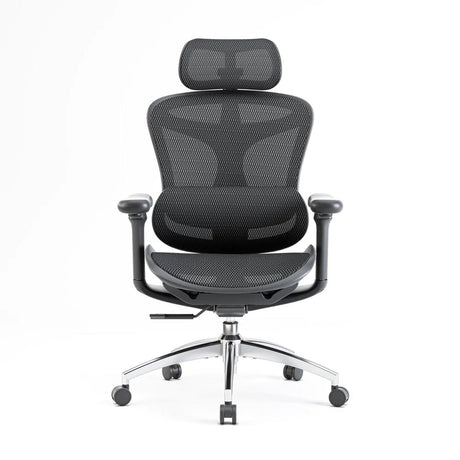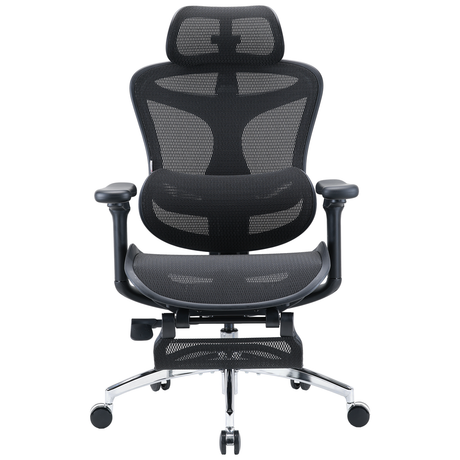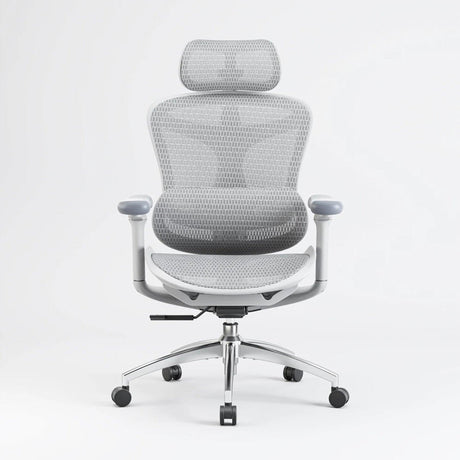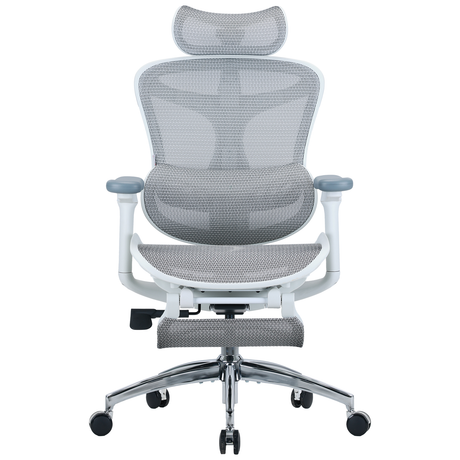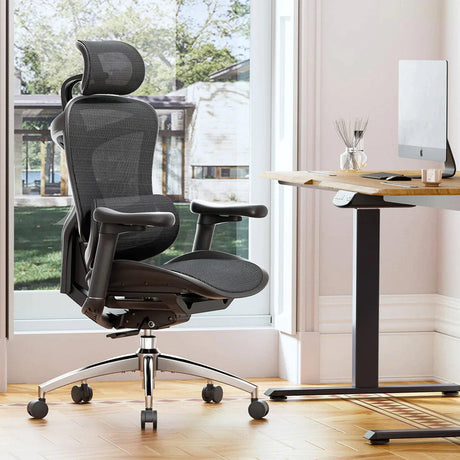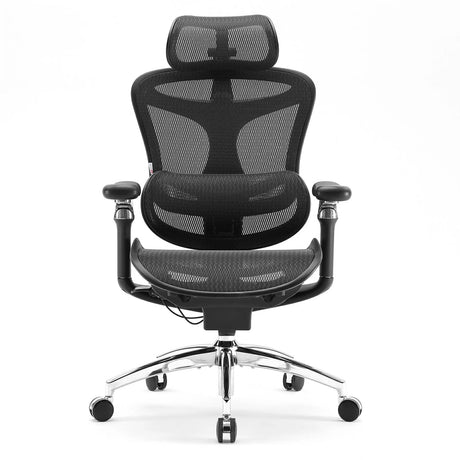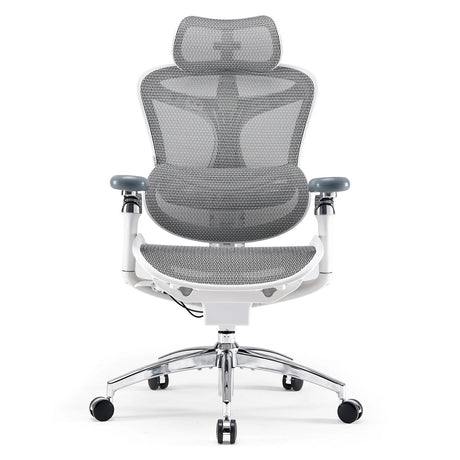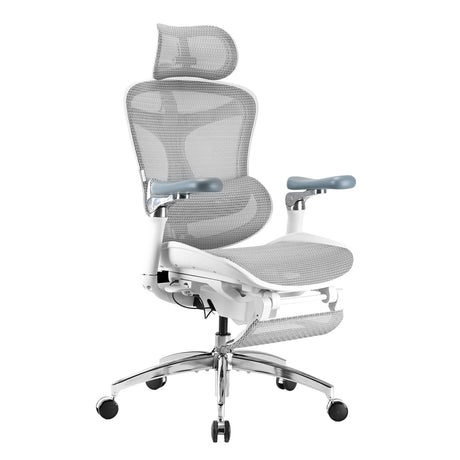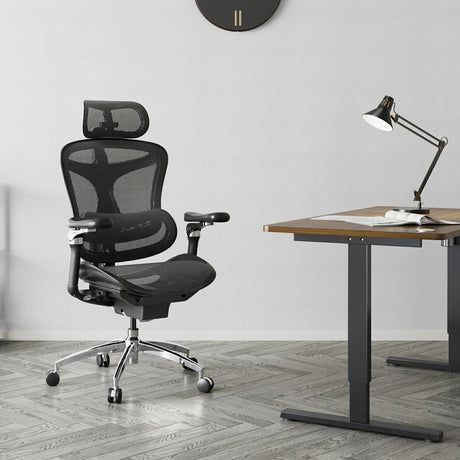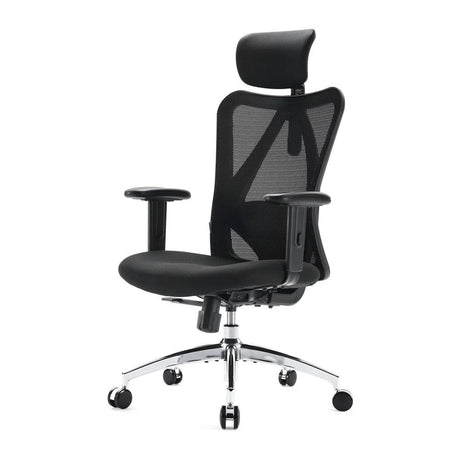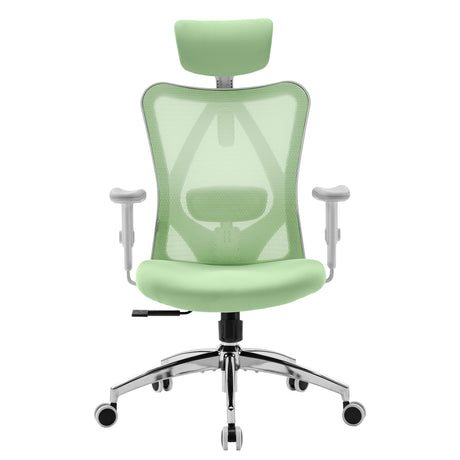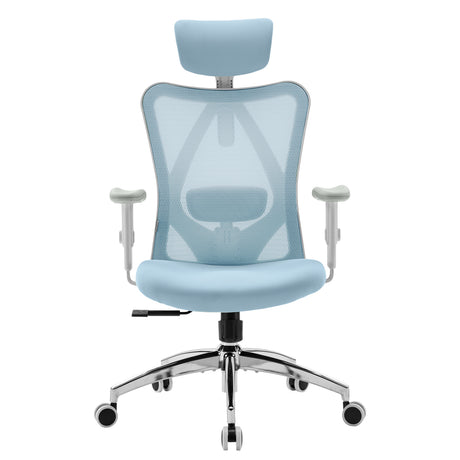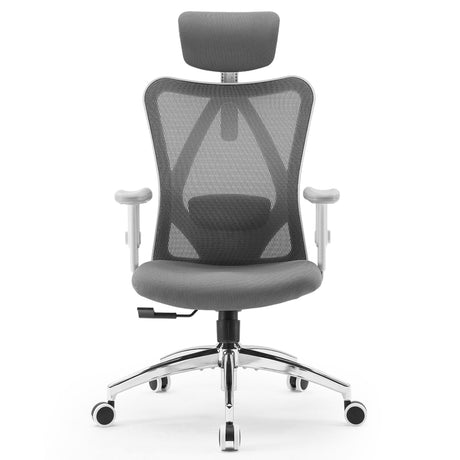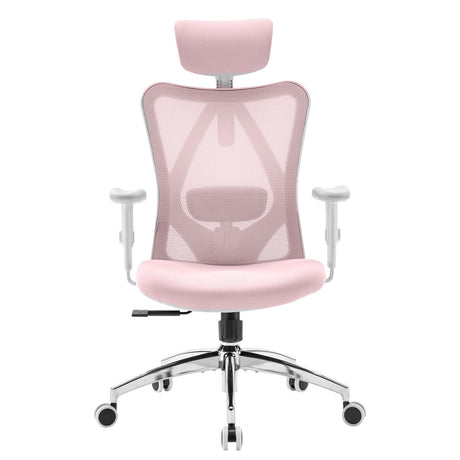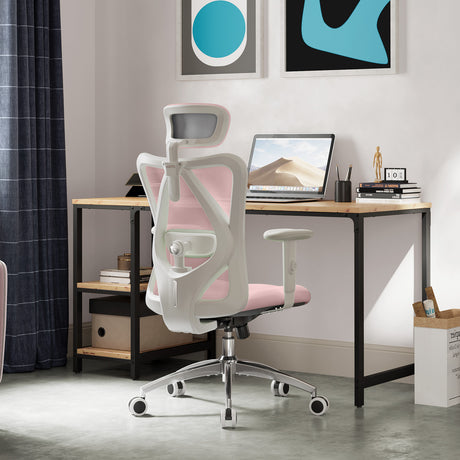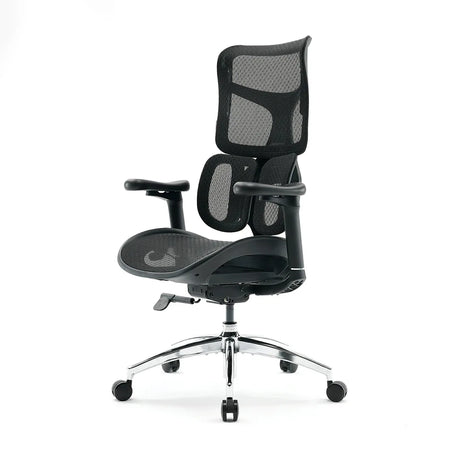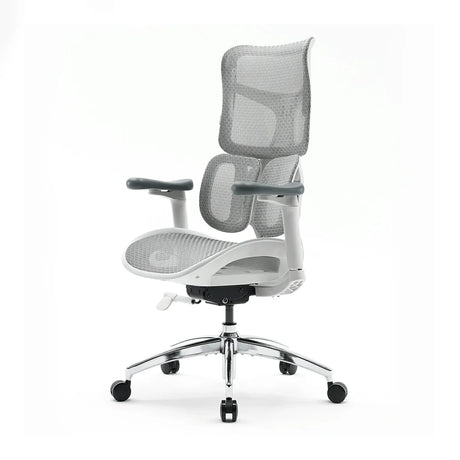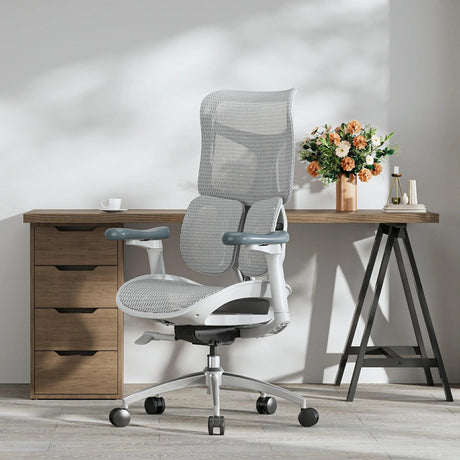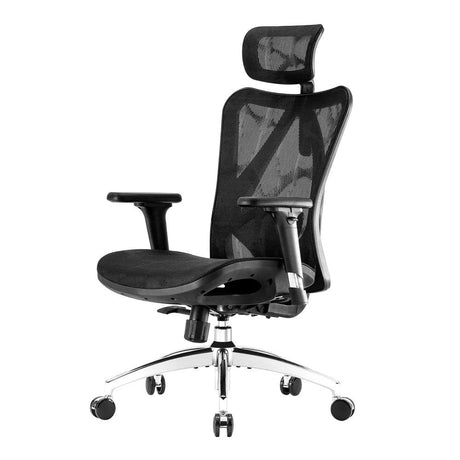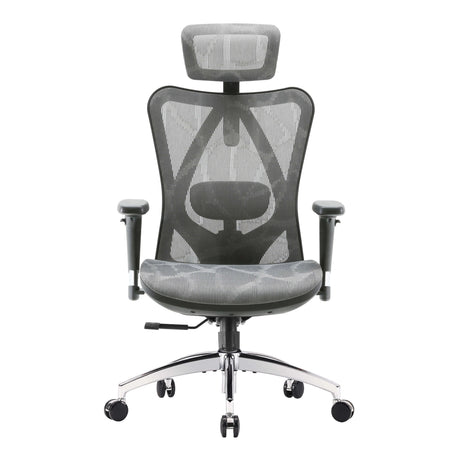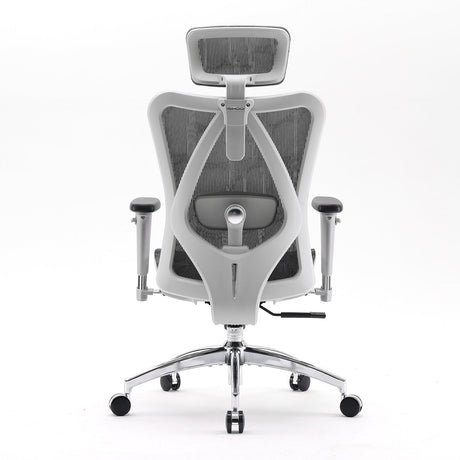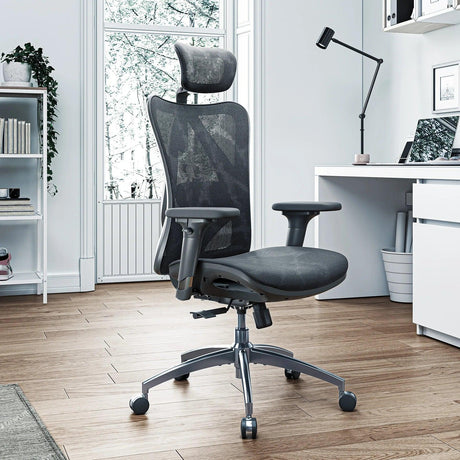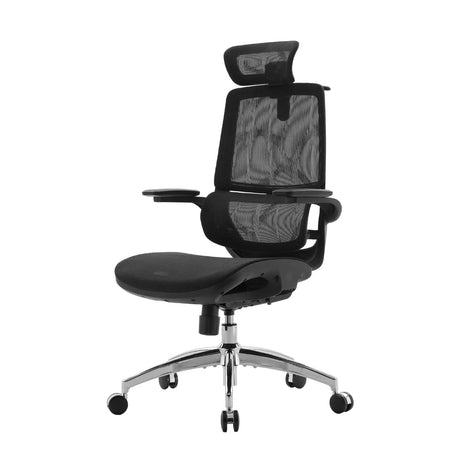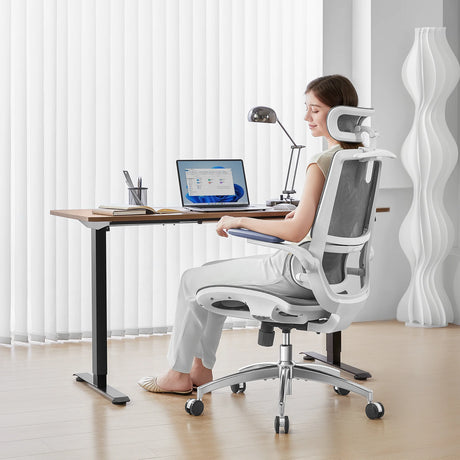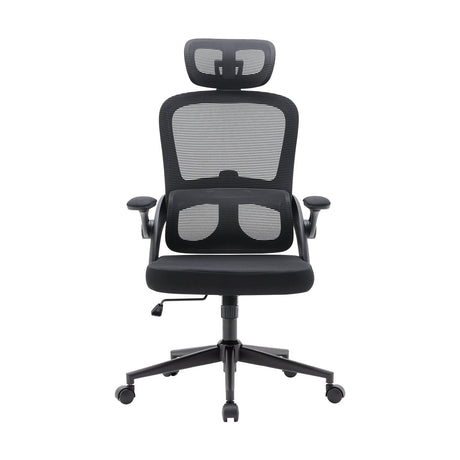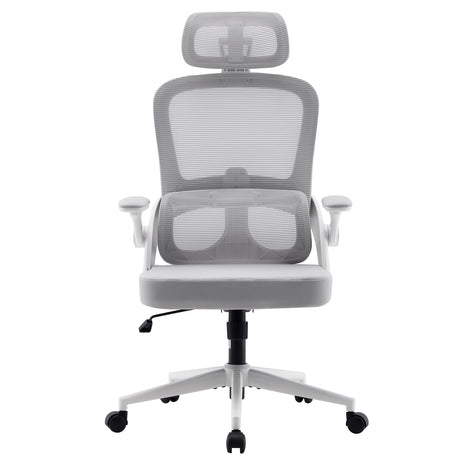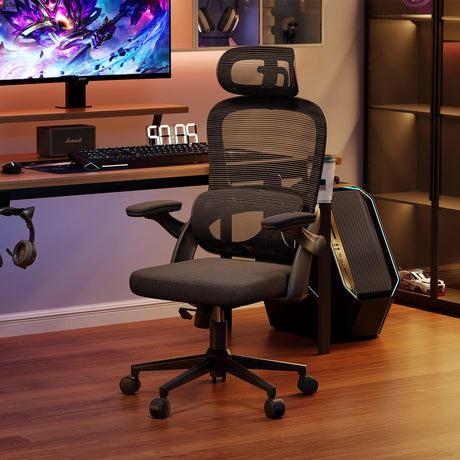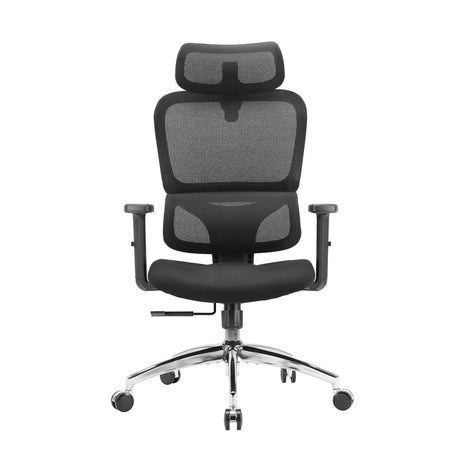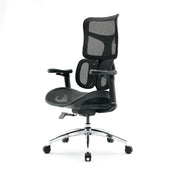Lower back pain is one of the most common musculoskeletal complaints worldwide. Whether it stems from long office hours, poor posture, muscle strain, disc issues, or sedentary habits, one thing is certain: sitting incorrectly can make it significantly worse. Yet sitting is unavoidable for many people—office workers, drivers, students, designers, and anyone who spends long hours at a desk.
So the question becomes: What is the best way to sit when your lower back hurts?
And more importantly: How can you adjust your sitting habits to prevent the pain from returning?
This comprehensive guide—over 3,500 words—unpacks the biomechanics of lower-back pain, the best sitting strategies according to physiotherapists and ergonomics experts, and practical adjustments you can implement today.
Table of Contents
- Understanding Lower Back Pain and Why Sitting Makes It Worse
- What Happens to Your Spine When You Sit
- The Best Way to Sit When Your Lower Back Hurts
- Ideal Ergonomic Chair Setup (Step-by-Step)
- Sitting Positions to Avoid
- How to Support Your Lower Back Without Expensive Equipment
- Best Desk Habits for People With Lower Back Pain
- The Role of Micro-Movements and Posture Variation
- Standing Desks and Lower Back Pain: Helpful or Harmful?
- Exercises and Stretches to Reduce Pain From Sitting
- When to See a Doctor or Physical Therapist
- Final Thoughts
1. Understanding Lower Back Pain and Why Sitting Makes It Worse
Lower-back pain has multiple causes—muscular strain, ligament injuries, herniated discs, arthritis, SI joint dysfunction, or long-term deconditioning. While each condition is unique, sitting tends to make the majority of these problems worse because of how it changes spinal load and muscle engagement.
Why Sitting Aggravates Lower Back Pain
- Increased Disc Pressure: When you sit, pressure on the lumbar discs rises by 40% compared to standing.
- Hip Flexor Tightness: Sitting shortens the hip flexors, pulling the pelvis into an anterior tilt.
- Weak Glutes and Core: Prolonged sitting deactivates stabilizing muscles.
- Poor Posture Habits: Most people slouch without noticing, putting strain on ligaments and discs.
- Reduced Blood Flow: Sitting limits circulation, slowing tissue recovery.
A correct sitting posture doesn’t cure back pain, but it significantly reduces mechanical stress on the spine and helps minimize flare-ups.
2. What Happens to Your Spine When You Sit
Your spine has three natural curves. The lumbar curve (lower back) is especially important for load distribution.
When sitting correctly, this lumbar curve should maintain a gentle inward arch.
But most people lose this curve when they sit because they either:
- slump backward
- lean forward
- round their shoulders
- collapse into the seat
This causes the lumbar vertebrae to compress, the discs to push backward, and the surrounding muscles to fatigue.
Correcting your sitting posture plays a critical role in restoring spinal alignment and reducing unnecessary strain.
3. The Best Way to Sit When Your Lower Back Hurts
Below is the professional, physiotherapist-backed method for sitting when your lower back is already painful.
✔ Step 1: Keep Your Feet Flat on the Floor
Your feet should be:
- hip-width apart
- flat on the floor (not dangling)
- angled slightly outward
If your feet don’t reach the floor, use a footrest.
Dangling feet increase pressure on the lower back because your body tries to stabilize itself through your spine.
✔ Step 2: Sit All the Way Back in Your Chair
Your hips should touch—almost press into—the backrest.
This ensures that your lumbar spine is supported and your pelvis is positioned neutrally.
Many people think they’re sitting straight even when they’re subtly slouching forward. Sitting fully back prevents that.
✔ Step 3: Maintain a Neutral Pelvis
Avoid:
- anterior tilt (pelvis tipping forward)
- posterior tilt (slouching backward)
A neutral pelvis means:
- sit bones point downward
- the lower back keeps a natural inward curve
- the ribcage stacks over the pelvis
This reduces disc pressure and allows your core to engage lightly.
✔ Step 4: Support Your Lumbar Curve
The single most important element of pain-free sitting is lumbar support.
Your lower back should feel:
- lightly supported
- not forced
- not collapsing into the chair
You can use:
- built-in lumbar support (ideal)
- an external lumbar pillow
- a rolled towel
Good lumbar support helps maintain healthy spinal alignment and reduces pain significantly.
✔ Step 5: Keep Your Knees at or Slightly Below Hip Level
If your knees are too high, your pelvis tilts backward and flattens the lumbar curve.
If too low, the pelvis tilts forward excessively.
Your thigh angle should be between 90–110 degrees.
✔ Step 6: Align Your Shoulders Over Your Hips
- Relax your shoulders (do not pull them back too aggressively)
- Keep your chest open
- Let your shoulder blades rest naturally
This ensures the upper body isn’t putting pressure on the lower back.
✔ Step 7: Keep Screens at Eye Level
Leaning forward is the #1 enemy of lower-back health.
Your monitor should be:
- raised to eye height
- about one arm’s length away
- directly in front of you
This reduces neck and lower-back strain caused by forward head posture.
✔ Step 8: Move Every 25–40 Minutes
No matter how perfect your posture is, holding any position for too long increases pain.
Movement is essential.
Follow the 25-minute rule:
Sit correctly → Move briefly → Return to neutral posture.
Even micro-movements count.
4. Ideal Ergonomic Chair Setup (Step-by-Step)
A proper ergonomic setup matters as much as your posture.
Below is the standard physiotherapy-recommended sequence for adjusting your chair:
1. Adjust seat height
Feet flat, knees at hip level.
2. Set seat depth
2–3 fingers of space between the seat edge and your calves
3. Adjust lumbar support
It should rest at the natural curve of your low back.
4. Adjust the backrest angle
Slight recline (100–110 degrees) reduces lumbar pressure.
5.Set armrests
Match desk height
Keep shoulders relaxed
Elbows bent around 90 degrees
6.Position the screen
Eye level and centered.
If your chair lacks these adjustments, consider adding:
- a lumbar pillow
- a seat cushion
- a monitor riser
- an external keyboard
These small upgrades can drastically improve comfort.
5. Sitting Positions to Avoid When You Have Lower Back Pain
❌ Slouching (Posterior Pelvic Tilt)
Flattens the lumbar curve → increases disc pressure → worsens pain.
❌ Perching on the Edge of the Chair
Overloads stabilizing muscles → causes fatigue and stiffness.
❌ Crossing Your Legs for Long Periods
Twists the lumbar spine → shifts pelvic alignment → causes asymmetrical loading.
❌ Leaning Forward Toward the Screen
Common with laptop users → compresses the lumbar spine → strains the neck and mid-back.
❌ Reclining Too Far Back Without Support
Makes the lower back unsupported → encourages slouching.
Avoiding these positions alone can reduce pain drastically.
6. How to Support Your Lower Back Without Expensive Equipment
Even if you don’t have an ergonomic chair, you can still sit correctly.
✔ Use a rolled towel for lumbar support
Fold it to match the curve of your spine.
✔ Use pillows
Place a small, firm pillow:
- behind your lower back
- under your hips if your chair is too low
✔ Sit on a firm surface
Avoid overly soft sofas or beds—they devour your posture.
✔ Elevate your laptop
A stack of books works fine.
✔ Use a footrest substitute
A stool, box, or stack of papers can help align your lower body.
Small adjustments made consistently provide large benefits.
7. Best Desk Habits for People With Lower Back Pain
Correct posture is important, but your habits around sitting matter even more.
1. Use the 25-7-2 Rule
This evidence-based habit structure promotes spinal health:
- 25 minutes sitting
- 7 minutes standing
- 2 minutes stretching or walking
2. Keep Essentials Within Arm’s Reach
Avoid repeated twisting or bending by organizing your workspace.
3. Drink More Water
Increases movement because hydration naturally encourages more breaks.
4. Use an external keyboard and mouse
Prevents shoulder and neck strain that can cascade down the spine.
5. Practice “active sitting”
This includes:
- small pelvic tilts
- shifting weight
- light core engagement
- gentle spinal movements
Micro-movements nourish your discs and reduce stiffness.
8. The Role of Micro-Movements and Posture Variation
No posture, no matter how “correct,” is healthy if held too long.
The spine thrives on motion—movement delivers nutrients to discs and reduces inflammation.
Here are practical micro-movement strategies:
✔ Pelvic Rocks
Gently tilt your pelvis forward and backward while seated.
✔ Side Shifts
Lean slightly left and right to activate different spinal stabilizers.
✔ Spine Elongation
Sit tall, inhale deeply, and grow through the spine.
✔ Thoracic Mobilization
Lift the chest and gently retract shoulder blades.
✔ Foot Movements
Ankle rotations and heel/toe lifts improve circulation.
Adopt the mindset: “Your best posture is your next posture.”
9. Standing Desks and Lower Back Pain: Helpful or Harmful?
Standing desks can help—but they are not a cure-all.
Benefits
- reduce lumbar disc pressure
- activate core and glute muscles
- encourage more frequent movement
- improve circulation
Risks if Misused
- standing too long can fatigue the lower back
- poor footwear causes pain
- leaning on one hip strains the pelvis
- desk height misalignment causes hunching
Best Practices
- alternate between sitting and standing
- use an anti-fatigue mat
- keep screen at eye level, just as with sitting
- avoid locking your knees
Standing is helpful, but only when used in rotation with good sitting posture.
10. Exercises and Stretches to Reduce Pain From Sitting
If your lower back hurts when sitting, daily mobility work is essential.
Here are physiotherapist-approved stretches and exercises:
✔ Cat-Cow Mobilization
Promotes spinal fluid movement and reduces stiffness.
✔ Hip Flexor Stretch
Counteracts the shortening caused by prolonged sitting.
✔ Piriformis Stretch
Loosens deep hip rotators that can irritate the sciatic nerve.
✔ Child’s Pose
Gently stretches the lower back and resets spinal posture.
✔ Glute Bridges
Strengthens glutes—essential for pelvic and lumbar stability.
✔ McGill Big Three
Stuart McGill’s famous core-stability exercises:
- Bird-Dog
- Side Plank
- Modified Curl-Up
These exercises create a strong, pain-resilient core without loading the spine.
✔ Thoracic Extension Over a Pillow or Foam Roller
Improves mid-back mobility to reduce compensations in the lower back.
Performing 10–15 minutes of targeted mobility each day makes sitting far more comfortable.
11. When to See a Doctor or Physical Therapist
Lower-back pain is common, but certain symptoms warrant professional attention.
Seek medical help if you experience:
- pain lasting longer than 4–6 weeks
- numbness or tingling in legs
- shooting pain down one or both legs
- loss of bowel or bladder control (medical emergency)
- history of cancer, trauma, or osteoporosis
- worsening pain despite correct posture
- inability to stand or walk comfortably
A physiotherapist can analyze your movement patterns, evaluate your posture, and recommend personalized treatment.
12. Final Thoughts: The Best Way to Sit Is the Way That Supports Your Spine
Lower-back pain is rarely caused by a single factor, and sitting itself isn’t inherently harmful. The real issue is how you sit and how long you sit without movement.
The best way to sit when your lower back hurts involves:
- maintaining a neutral pelvis
- supporting the lumbar curve
- keeping feet flat
- aligning shoulders and hips
- adjusting your chair ergonomically
- avoiding prolonged static posture
- incorporating regular movement
- strengthening your core and hips
A supportive ergonomic setup combined with healthier desk habits can relieve existing pain and prevent future issues.
When you understand how your spine prefers to move and how to support it during long sitting sessions, your workday becomes more comfortable, productive, and pain-free.


